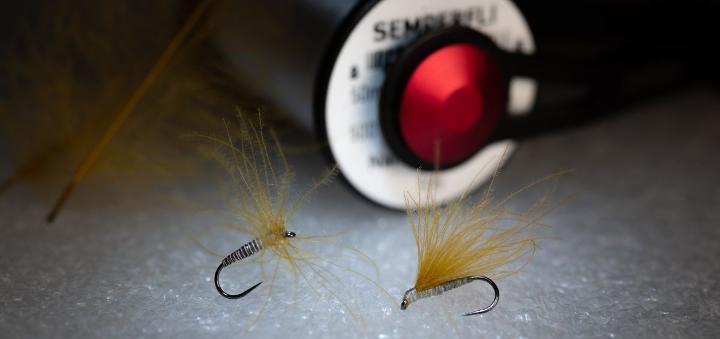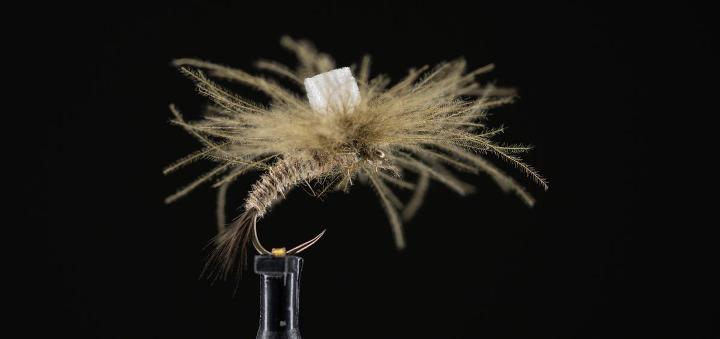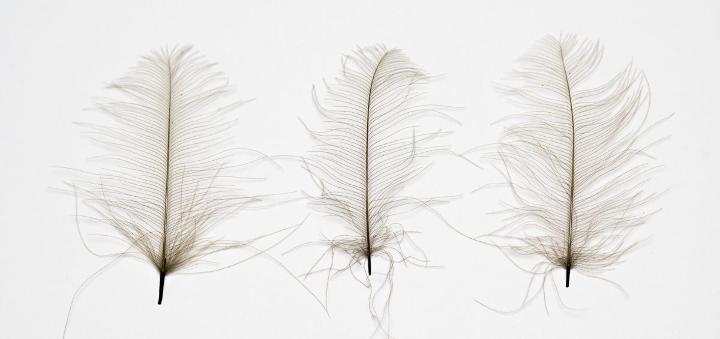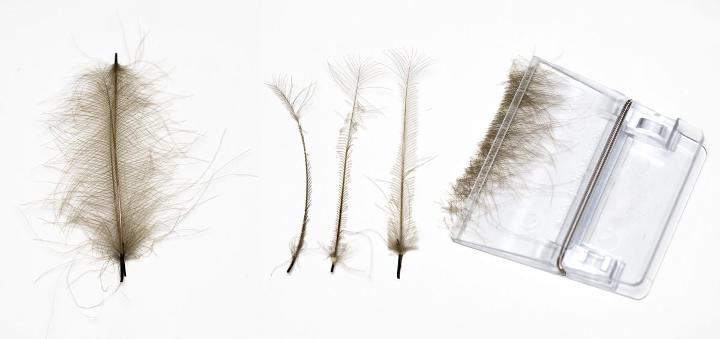In the history of the Cul de Canard (named in such way by Henri Bresson for the first time), there have been some fundamental characters who have contributed to the diffusion of this fantastic feather. In addition to those already mentioned, if we go back in time, we find Bickel and Joset, followed by Veya and Pequegnot later on, and then Fratnik, Pfandl and Laible.
In particular Gerhard Laible, a German fly tier perhaps little known in Italy, stands out for having had a brilliant intuition and found a new tying method, revolutionizing the use of the CDC and paving the way for uses that were unthinkable until then.
Laible, starting from the second half of the 80s, probably also spending many nights at the vise, developed this innovative tying system, which consists in using only the barbs of the feather, eliminating the rachis.
Until then the Cul de Canard feather was mainly used in two ways:
A “Mouche Sèche” by Charles Bickel and the F-Fly by Marjan Fratnik
This system paves the way for new uses of the CDC, hitherto precluded, the possibilities are countless, palms, chests, parachutes, etc.
A CDC Parachute Fly tied using Gerhard Laible's loop system
Between the 80s and 90s Laible published more than 20 articles with the title "Vom cul de canard", on the most important German fly fishing magazine: "Der Fliegenfischer". In these articles and in his book "CDC Flies", he pours all his work and his study on the use of the Cul de Canard, an immense and fundamental work, the result of a passion and a commitment that continues today with the its presence in the most important European exhibitions and events.
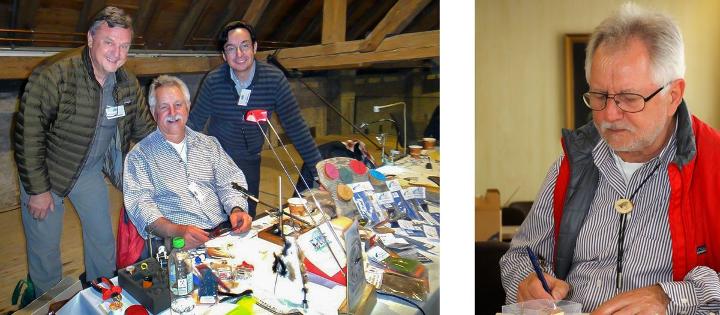
Gerhard Laible with Gérard Piquard and Marc Petitjean at the 2012 EWF (source: Gérard Piquard) as judge for the 2016 Open German Fly-Tying Championship (source: flyfishing-blog.com – ph. by Rudy van Duijnhoven)
